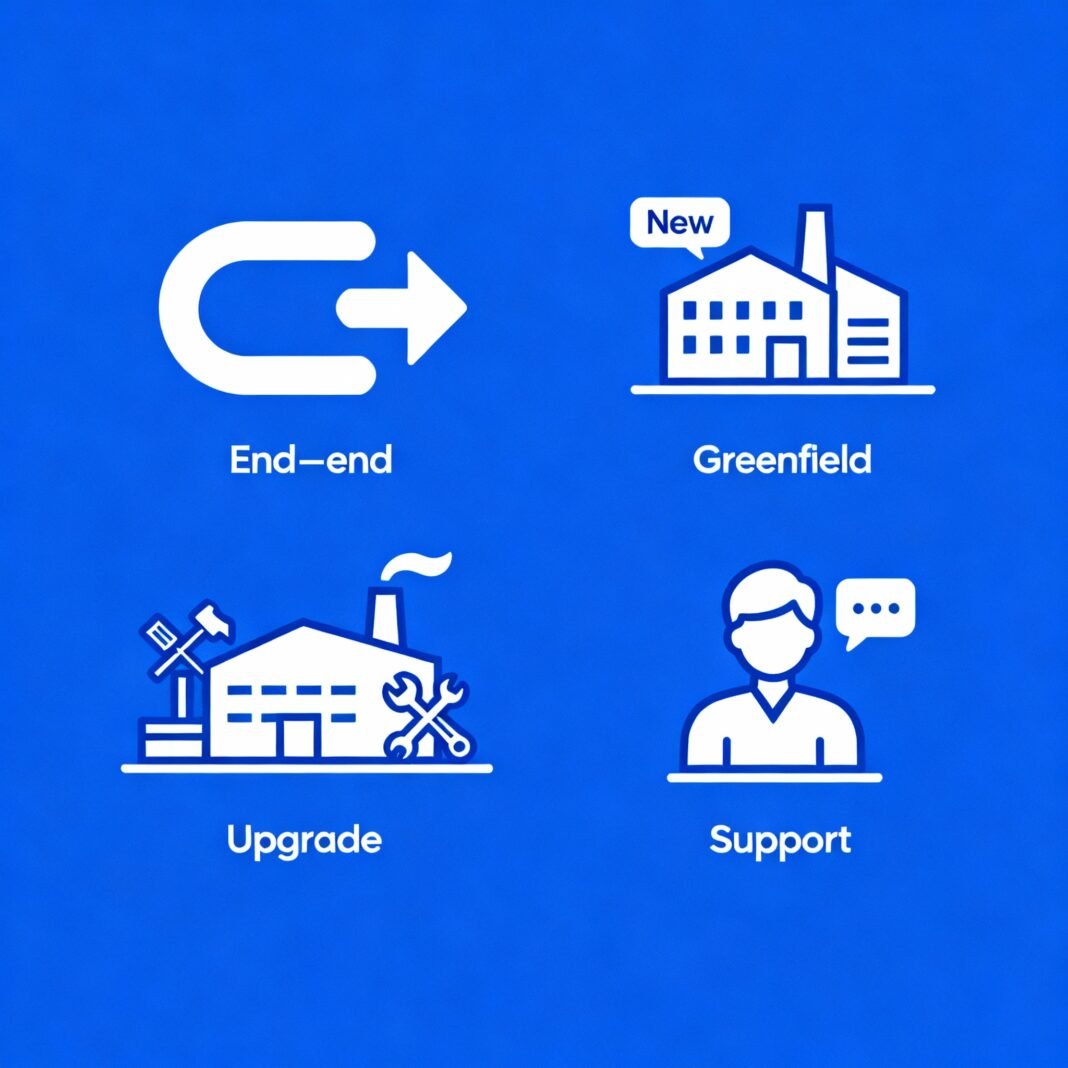If you’ve ever sat in an ERP project meeting and heard terms like “greenfield implementation”, “brownfield upgrade”, or “post go-live support” being tossed around — you probably wondered, “Are these just buzzwords, or do they actually shape my ERP career path?”
Let’s be real — they absolutely do.
These four project types define not just what kind of work you’ll do, but also how fast you’ll grow, how deep you’ll understand business systems, and how much you’ll get paid.
Before we break them down, let’s build the curiosity further — imagine these four as different terrains in the ERP world:
- End-to-End is like building a city from scratch.
- Greenfield is designing a futuristic smart city with no old baggage.
- Brownfield is modernizing an old city without disturbing daily life.
- Support is maintaining that city once everyone has moved in.
Now, let’s decode each one — practically and honestly.
End-to-End Implementation — The Full Journey
IF YOU HAVE IT, YOU CAN MAKE ANYTHING LOOK GOOD
This is the classic ERP adventure.
You start from zero — gathering business requirements, configuring modules, testing, training users, and finally going live.
It’s the most comprehensive learning experience because you see how every piece of the ERP puzzle fits together.
💡 Example: Implementing Microsoft Dynamics 365 Business Central for a school that’s moving from Excel-based operations to a full ERP system. You define how admissions, fees, payroll, and reporting work — end-to-end.
Why it matters
An end-to-end implementation gives you the complete lifecycle experience. Recruiters love it because it shows you can manage complexity from start to finish.
Greenfield Implementation — The Clean Slate Revolution
A greenfield implementation means you’re building everything fresh — no legacy system, no messy data, no “we’ve always done it this way” mindset.
It’s the dream project for experienced consultants who want to redesign processes from scratch using ERP best practices.
💡 Example: A new manufacturing plant adopts SAP S/4HANA with redesigned processes for production, inventory, and finance — built entirely from zero.
Why it matters
Greenfield projects sharpen your process design and consulting skills.
They push you to think like a solution architect, not just a module expert.
Brownfield Implementation — The Upgrade Challenge
Brownfield implementations are ERP makeovers. You don’t start from scratch — you upgrade, migrate, or enhance an existing system.
It’s like renovating a running factory — the machines keep working while you modernize the workflow.
💡 Example: A company running Microsoft Dynamics NAV 2018 upgrades to Business Central 2023 while keeping historical data and core customizations intact.
Why it matters
These projects demand data migration, integration, and change management skills.
They’re ideal for consultants who want to become migration specialists or upgrade leads.
Support Project — The Backbone After Go-Live
Once an ERP system goes live, it doesn’t stop needing attention.
That’s where support projects come in — ensuring stability, resolving issues, and applying fixes or small enhancements.
💡 Example: Providing functional and technical support for Oracle Fusion ERP after it goes live in a retail chain — handling tickets, month-end issues, and report tweaks.
Why it matters
Support builds your hands-on product mastery. It’s often the entry point for fresh consultants, but long-term growth requires moving into implementation roles later.
| Aspect | End-to-End Implementation | Greenfield Implementation | Brownfield Implementation | Support Project |
|---|---|---|---|---|
| Definition | Full ERP rollout from requirement gathering to go-live | New implementation with zero legacy dependencies | Re-implementation or system upgrade | Post go-live maintenance and issue resolution |
| Starting Point | No ERP or partial manual system | Clean slate, no previous ERP | Existing ERP in place | ERP system already live |
| Objective | Establish ERP system for first time | Redesign processes with best practices | Migrate or modernize existing ERP | Maintain, stabilize, and optimize |
| Example | Implementing Business Central for a new school | Building SAP S/4HANA for a new plant | Upgrading NAV to Business Central | Supporting Oracle Fusion ERP |
| Complexity | High | Very High | Medium–High | Medium |
| Risk Level | High (new adoption) | Very High (change resistance) | Moderate (migration challenges) | Low |
| Consultant’s Role | Full-cycle functional/technical consultant | Solution architect / senior consultant | Migration or integration specialist | Functional/technical support analyst |
| Learning Curve | Steep | Very Steep | Moderate | Mild |
| Career Growth Potential | High | Highest | Moderate–High | Moderate |
| Average Experience Needed | 2–5 years | 4–8 years | 3–6 years | 0–2 years |
| Salary Range (INR/year) | ₹8–18 LPA | ₹15–30 LPA | ₹10–20 LPA | ₹4–9 LPA |
| Best For | Consultants building core ERP experience | Senior consultants designing solutions | Those moving from support to implementation | Freshers learning ERP ecosystem |




